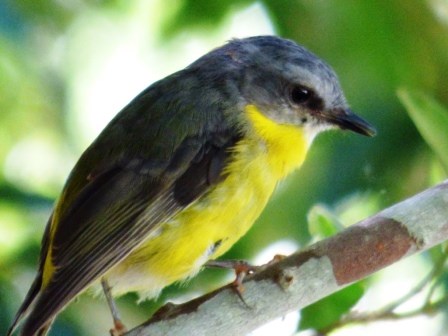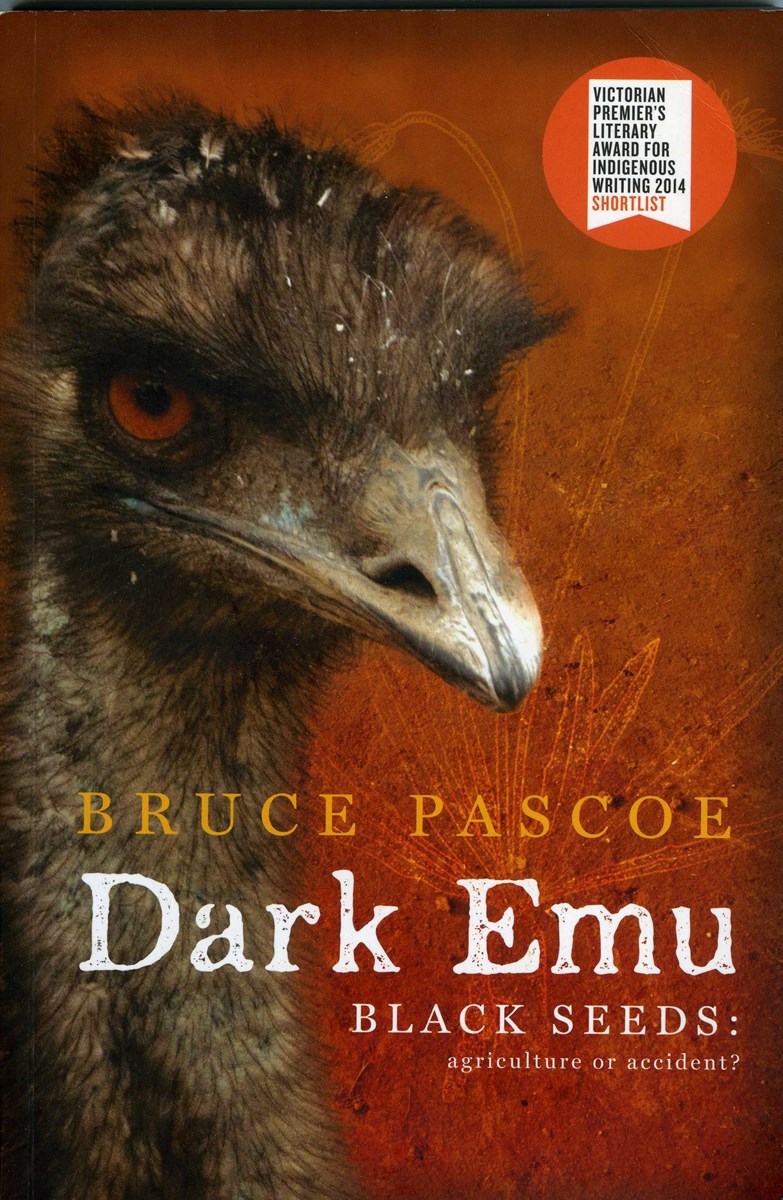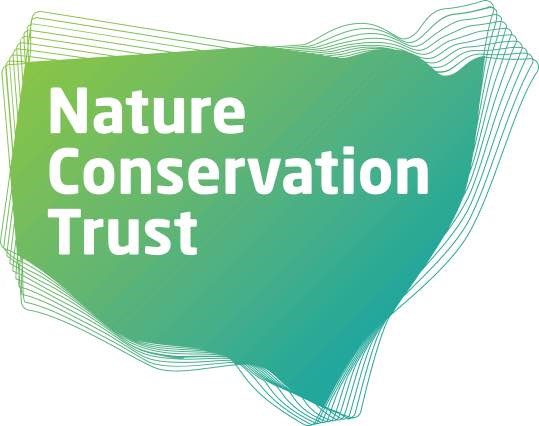Biodiversity Dreaming Conference - Completed
at Charles Sturt University
Tuesday, 10 November 2015 from 9:00 AM - Wednesday, 11 November 2015 to 6:00 PM (AUS Eastern Daylight Time) + Add to calendar10/11/2015 09:0011/11/2015 18:00Australia/SydneyBiodiversity Dreaming ConferenceBiodiversity Dreaming Conference
Tuesday, 10 November 2015 from 9:00 AM - Wednesday, 11 November 2015 to 6:00 PM (AUS Eastern Daylight Time)
Organiser
Cilla Kinross
02 6365 7651
ckinross@csu.edu.au
Address
Charles Sturt University
Panorama Avenue
Bathurst
NSW 2795 Australia
The Centre for Professional Development
(James Hardie Building 1286)
Near Car Park 7
links to CSU Bathurst maps are: LOCATION MAP http://www.csu.edu.au/__data/assets/pdf_file/0003/37542/csu-bathurst.pdf
CAMPUS MAP http://www.csu.edu.au/__data/assets/pdf_file/0003/37542/csu-bathurst.pdf
Event web page: https://www.stickytickets.com.au/28503Charles Sturt University
Panorama Avenue
Bathurst NSW 2795
AustraliaCilla KinrossfalseDD/MM/YYYY2880
Tickets
Tickets for this event are currently unavailable
Details
THE CONFERENCE The two-day conference is being organised by Greening Bathurst (a community group withthe charter of conserving and managing the environmental and cultural assets of the Bathurst region).
The conference forms part of Bathurst’s bicentennial year celebrations in 2015. The Bathurst Region in the period 1815 to around 1850 was more-or-less equivalent to the vast Country of the Wiradjuri Nation. It included the Lachlan and Macquarie River catchments stretching to the Murrumbidgee River, around a quarter of the current area of New South Wales.
The two days have different themes, although there is some interchange.

Day 2 Agriculture and Biodiversity, focusing on the relationship between biodiversity and agriculture. The Bathurst Region hosts Australia’s oldest inland agricultural lands.
On both days we will be seeking to imagine how the region’s future landscapes might look and function in 2115 and the processes by which such Dreaming might be implemented. We will be drawing on both Wiradjuri and non-Wiradjuri Wisdom in imagining and managing our present and future conservation and agricultural landscapes.
Registrations should be finalised by 3rd November for catering purposes. Late registrations should contact the convenor to ensure availability prior to registering online.
MEALS Lunches, morning and afternoon teas are included. The conference dinner is extra ($55) and it is planned to be an informal gathering, hopefully outdoors, with some entertainment, local wines and some Wiradjuri speakers, including one on astronomy! There will be pre-dinner drinks (two included) at 6.30, followed by dinner at 7 pm and the talk at 8 pm. The venue is at 'Rafters' a few minutes' walk from the conference venue. If you have special needs or dietary requirements, please state this on the registration form and/or contact the conference convenor.
Anyone arriving on Monday evening, 9th November should be aware that the registration and accommodation keys will be available between 5 and 7 pm at the venue, after which you would be welcome to join us for an evening meal in town. Please contact the convenor about this, particularly if are likely to be late.
THE PROGRAMME We have developed an exciting programme of invited speakers including, landholders, Wiradjuri, historians, scientists, and land managers. Keynote speakers include Bill Gammage, author of The Biggest Estate on Earth- How Aborigines Made Australia (2011), Dr. George Main of the Australian National Museum, as well as Drs. Anne Kerle, John Williams, Mike Augee and David Tongway.

Aboriginal people, including Wiradjuri, will be represented by both key note and plenary speakers, for example Bruce Pascoe, author of Dark Emu, will be speaking on 'Aboriginal Dreaming, land management, ecology and cultural landscapes'.
Other topics to be covered include threatened species, kangaroo management, ecological and landscape restoration, land stewardship, biodiversity legislation, karst ecology, sustainable living, soil landscapes, climate change, nutrient recycling, river systems, weed management, fauna of the central west and sustainable agriculture. It is anticipated some 30 posters will also be available.
INSTRUCTIONS FOR SPEAKERS and POSTERS Those people giving a talk or preparing a poster should contact the convenor, Dr. Cilla Kinross, for instructions in respect of style and length. A photo and a short biography are also required. They cannot be submitted on the website, so need to be emailed to Cilla Kinross. The deadline for submission is Sunday 25th October. The abstract booklet will be going to print the following day. It is intended also to have a peer-reviewed conference proceedings published. For those who choose to submit a full paper, these will be due in February 2016.
ACCOMMODATION On campus CSU student accommodation (single rooms in modern cottages, shared bathrooms) can be booked with your tickets for one, two or three nights for $60 night, including breakfast. On line bookings for accommodation will close on 3rd November 2015. Bathurst also provides many other styles of accommodation if your prefer to stay off campus or in a hotel/motel. Keynote speakers who are receiving motel style accommodation as part of their package should contact the convenor.
The Rydges Mount Panorama is close by (from $150) a night, as is the Bathurst Heights Bed and Breakfast (from $130) and the Quality Hotel (from $124) and the Bathurst Explorers' Motel (from $80). For more information, we suggest you visit the Visit Bathurst website: Accommodation in Bathurst
SPONSORS The conference is being sponsored by Greening Bathurst, Cenwest Environment Services, CSU Green, Ecological Society of Australasia, the Nature Conservation Trust of NSW and the Lake Cowal Foundation amongst others. Many of these, such as NCT, are funding Aboriginal scholarships (see below).

POST CONFERENCE TOUR There will be a post-conference tour for a small group of up to 22 people. This will focus on the natural history of William Cox's historic 1814/15 Road from Emu Ford on the Nepean River to the Flag Staff at Bathurst on the banks of the Macquarie Rover.
Cox’s Road was Australia’s First Inland European road. The Flag Staff was the location where Governor Lachlan Macquarie proclaimed the settlement of Bathurst on the 7th May 1815. The modern Flag Staff memorial is situated on the river terrace immediately adjacent to the Macquarie River. A sample of the 116 sites described in the book Cox’s Road Dreaming will be visited during the tour and cover European and Aboriginal history and clashes, ecology, natural history, geology, flora and fauna, geomorphology, the explorers and naturalists who came over Cox’s Road or the subsequent roads that were built, the resulting outcomes for Europeans and Aboriginal people and much more.
 The tour fee of $300 includes accommodation and all meals except Friday lunch, as well as a copy of the 100 page Cox’s Road Dreaming book and the accompanying 8 wonderful maps. A deposit of $60 will be required to secure your place on this.
The tour fee of $300 includes accommodation and all meals except Friday lunch, as well as a copy of the 100 page Cox’s Road Dreaming book and the accompanying 8 wonderful maps. A deposit of $60 will be required to secure your place on this.
The tour will be led by David Goldney.
PRE-READING It is highly recommened that you read the following prior to the conference if you are able:
Gammage , W. (2011) The Biggest Estate on Earth- How Aborigines Made Australia. Allen and Unwin.
Kerle, A., Goldney, D. and Fleming, M. (2014) Habitat loss and landscape degradation: the disastrous outlook for vertebrates fauna in central western NSW. Australian Zoologist Vol 37 (1) pp 10 – 74 . This will be available shortly via the Greening Bathurst website http://greeningbathurst.org.au/. or contact the convenor.
Main, G. (2005) Heartland – The Regeneration of Rural Place. UNSW Press.
Pascoe, B. (2014) Dark Emu: Black Seeds: Agriculture or Accident? Magabala Books.
OUR INSPIRATION This conference is part of Bathurst's bicentennial year celebrations in 2015The 1814/1815 Bathurst Road (now recognised as Cox’s Road) was constructed in 6 months from the Nepean River to Bathurst, passing through Darug, Gundugurra and Wiradjuri Country and their various meeting places. Few Australians know that two Darug men were part of William Cox’s Road building team or understand that the road to ‘West-more-land’ passed through Aboriginal Dreaming trails, storylines, and trading routes — perhaps 20,000 to 40,000 years old.
The first European explorers likened the Bathurst Plains to their beloved English park lands, but failed to understand that Wiradjuri lands were contrived, imagined and skilfully managed — cultural landscapes that supported the Wiradjuri lifestyle. David Mowaljarlai’s1993 map of trade routes and storylines linking Aboriginal nations across Australia has been redrawn by Tony O’Neill with permission from Magabala Books. As contemporary Australians we too are creating/have created cultural landscapes for better of for worse — our Dreaming at this conference will help inform land managers about creating landscapes that are sustainable for both conservation and agriculture. Farmers and graziers play a pivotal role since they own and manage most of the land. We also have much to learn from Wiradjuri Wisdom that created those beguiling 1815 landscapes.

Where
Organiser Information
Cilla Kinross
Greening Bathurst
02 6365 7651